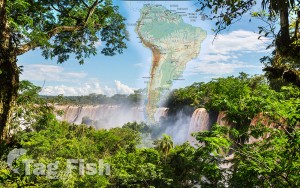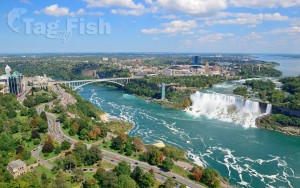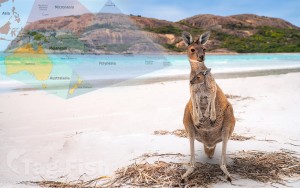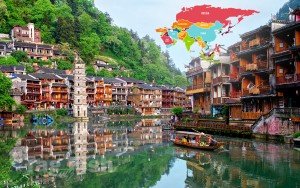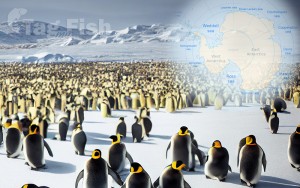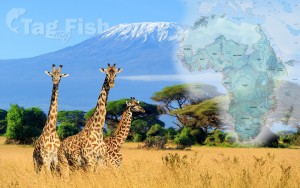Continents
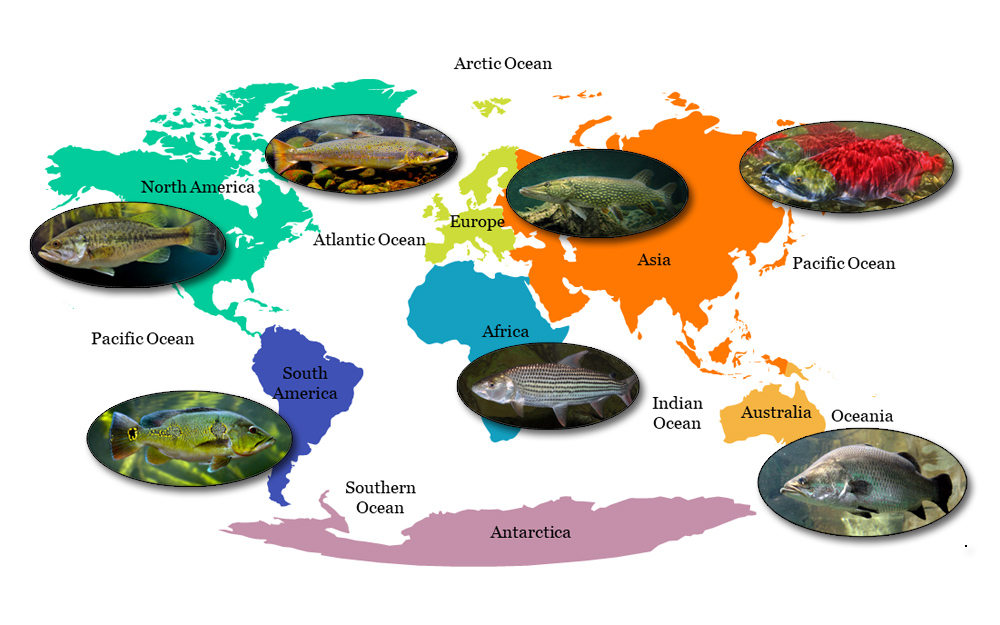
A continent is any of several large landmasses. Generally identified by convention rather than any strict criteria, seven geographical regions are commonly regarded as continents. Ordered from largest in area to smallest, these seven regions are: Asia, Africa, North America, South America, Antarctica, Europe, and Australia.
Variations with fewer continents may merge some of these, for example some systems include Afro-Eurasia, America or Eurasia as single continents. Zealandia, a largely submerged mass of continental crust, has also been described as a continent.
Oceanic islands are frequently grouped with a nearby continent to divide all the world’s land into geographical regions. Under this scheme, most of the island countries and territories in the Pacific Ocean are grouped together with the continent of Australia to form a geographical region called Oceania.
In geology, a continent is defined as one of Earth’s major landmasses, including both dry land and continental shelves’. The geological continents correspond to six large areas of continental crust that are found on the tectonic plates, but exclude small continental fragments such as Madagascar that are generally referred to as microcontinents. Continental crust is only known to exist on Earth.
